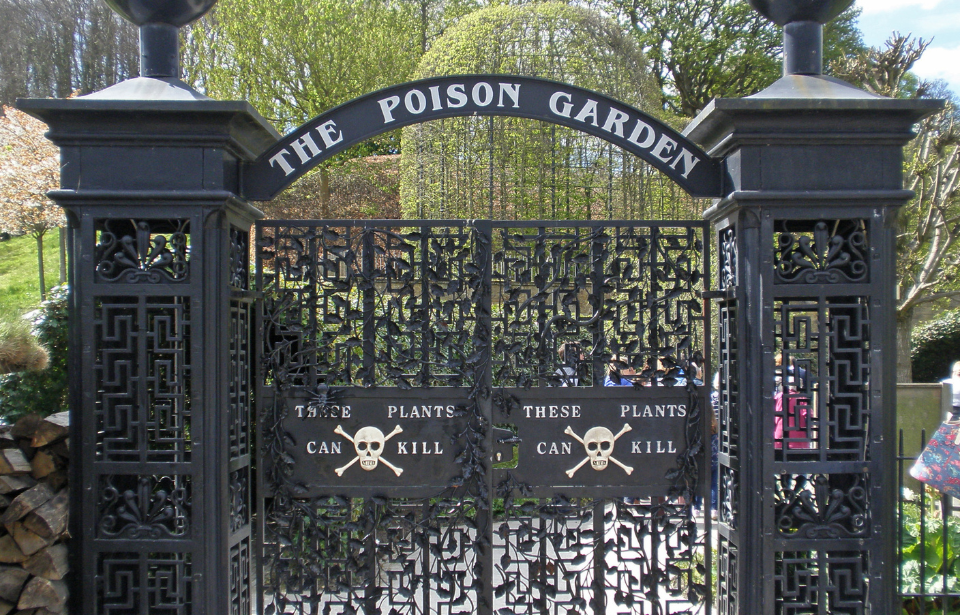Nestled within the picturesque Alnwick Garden in North England lies a hidden and perilous secret: The Poison Garden. This unique garden is home to over 100 plants that are not just beautiful but also deadly. Visitors are often intrigued by the juxtaposition of beauty and danger, making the Poison Garden a must-see attraction for those visiting Alnwick. While most gardens focus on showcasing the beauty and medicinal properties of plants, this one takes a darker turn, reminding visitors of the lethal potential that lies within the plant kingdom.
The historical background of the Poison Garden
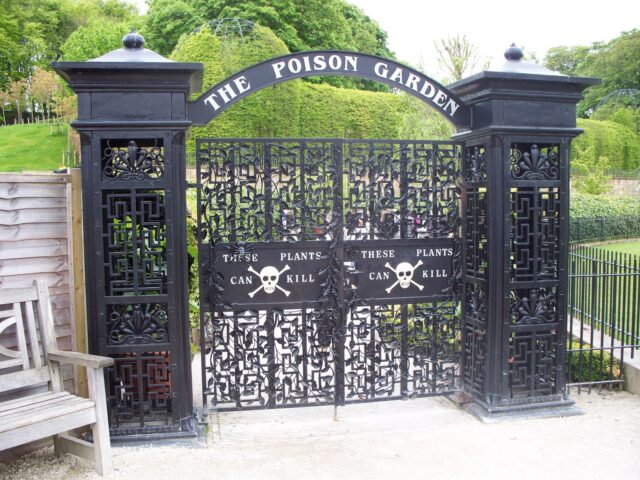
The transformation of Alnwick Garden began in 1995 when Jane Percy became the Duchess of Northumberland. With her new title came the responsibility of revitalizing the garden surrounding Alnwick Castle, the traditional seat of the Duke of Northumberland and a filming location for the first two Harry Potter films. What started as a simple request from her husband to “plant a few roses” turned into a grand vision.
Inspired by the infamous Medici poison garden and a medieval Scottish hospital, Percy decided to create a garden filled with plants that could kill instead of heal. The idea was to create something unique and educational, a space where visitors could learn about the darker side of botany. The Poison Garden was thus conceived, blending historical inspiration with a modern educational mission.
It has a unique concept and design
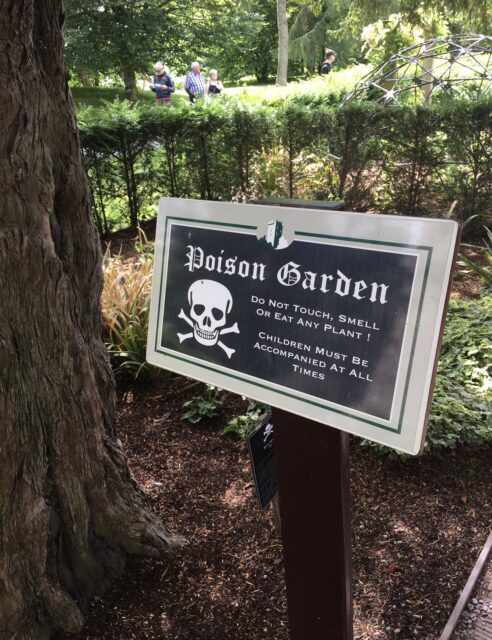
To bring her vision to life, Percy collaborated with renowned landscape architect Jacques Wirtz. Together, they reimagined the Alnwick Garden, which now spans 14 acres and attracts over 600,000 visitors annually. The Poison Garden stands out as a unique feature, setting it apart from other gardens in the English countryside.
The design of the Poison Garden is both captivating and eerie. High black iron gates adorned with skulls and crossbones warn visitors of the dangers that lie within. The layout is meticulously planned to ensure that each plant’s story is told effectively, making the garden not just a visual treat but also an educational experience.
The garden has an educational mission
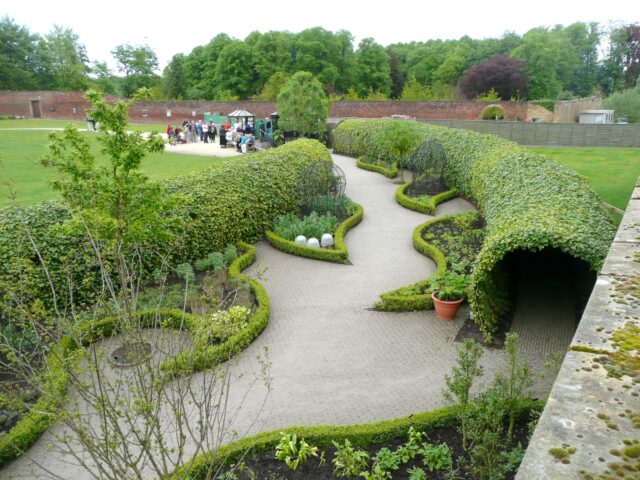
One of the primary goals of the Poison Garden is education. The garden features a variety of plants that serve as a jumping-off point for educational discussions. For instance, cannabis and other plants are used to educate visitors about their effects and dangers. It’s a clever way to teach without making it feel like a lesson.
The educational mission extends beyond just the plants’ toxic properties. The garden also aims to teach visitors about the historical and cultural significance of these plants. Guided tours provide detailed information, making the experience both informative and engaging. The Poison Garden thus serves as a living classroom where visitors can learn about the complex relationship between humans and plants.
Notable plants and their stories
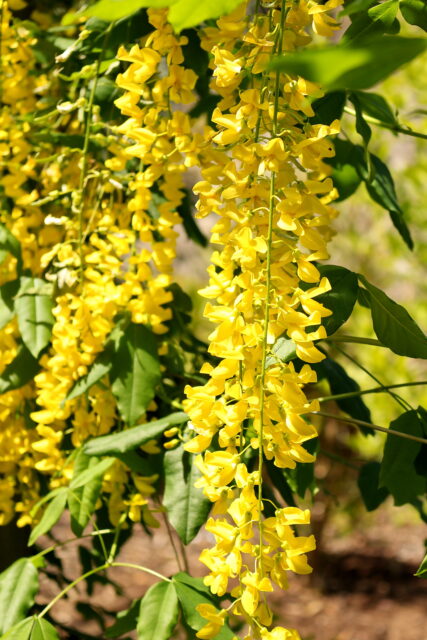
The Poison Garden is home to many fascinating and deadly plants, each with its own story:
– Angel’s Trumpet: Known for its hallucinogenic properties, this plant can induce LSD-like trips and is deadly in large doses. Its beautiful, trumpet-shaped flowers belie its dangerous nature, making it a captivating yet perilous addition to the garden.
– Laurel: A common plant in English gardens, its fumes can be toxic, causing sleepiness and even death. Despite its widespread use, many are unaware of its deadly potential, making it a perfect candidate for The Poison Garden.
– Monkshood: Extremely poisonous, a small amount can kill an entire village if introduced into a drinking well. Its striking blue flowers make it a visually appealing but deadly addition to the garden.
– Laburnum: This tree’s entire body is poisonous, causing symptoms like intense sleepiness, vomiting, and coma. Its bright yellow flowers contrast sharply with its lethal properties, making it a fascinating yet dangerous plant.
– Ricinus communis: The seeds produce castor oil but also contain ricin, a deadly toxin. This plant serves as a reminder of the thin line between medicine and poison, making it a compelling addition to The Poison Garden.
Visitors have a pretty strict experience
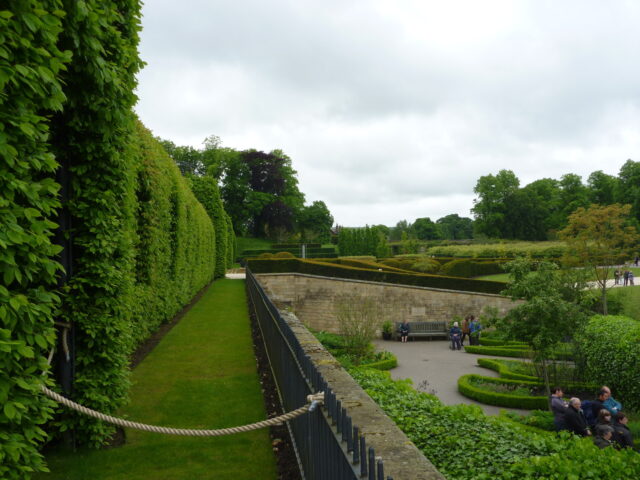
Visitors to the Poison Garden are given strict guidelines to ensure their safety. They are prohibited from smelling, touching, or tasting any of the plants. Despite these precautions, incidents have occurred where visitors fainted from inhaling toxic fumes. Guided tours are provided to help navigate the garden safely.
The guided tours are not just about safety; they are also an integral part of the educational experience. Knowledgeable guides share fascinating stories and facts about each plant, making the tour both informative and engaging. The strict guidelines and guided tours ensure that visitors can enjoy the garden while staying safe.
The Duchess’s vision
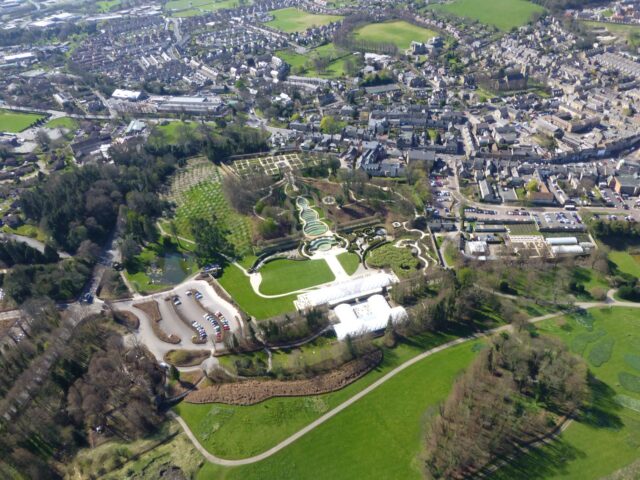
Jane Percy’s vision for the Poison Garden was to create something truly unique and different. She wanted to move away from the standardization of attractions and offer something that would captivate and educate visitors. The selection of plants was based on their ability to tell a good story, making the garden not just a collection of deadly plants but a narrative experience.
The Duchess’s vision extends beyond the garden. She aimed to create a space that would provoke thought and discussion, challenging visitors to consider plants’ dual nature. The Poison Garden is a testament to her vision, blending beauty, danger, and education in a way that captivates and informs. It offers visitors a unique experience filled with fascinating stories and a newfound respect for the power of plants.
More from us: There’s a Hidden Cemetery at Disney’s Haunted Mansion Attraction
Visitors leave the Poison Garden with more than just memories; they leave with a deeper understanding of the complex relationship between humans and plants. The garden serves as a reminder that beauty can be deceptive and that knowledge is the key to understanding and respecting the natural world.
